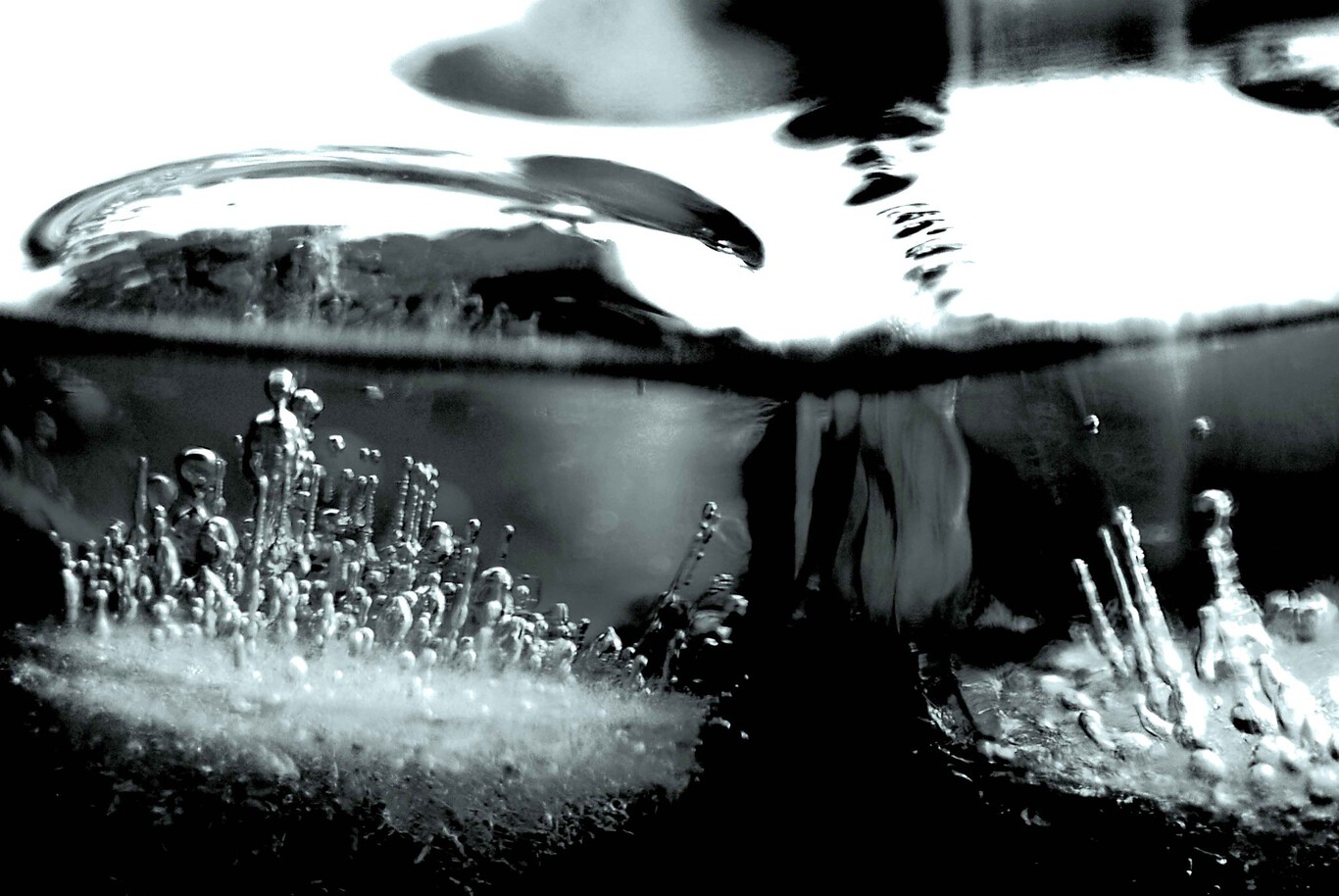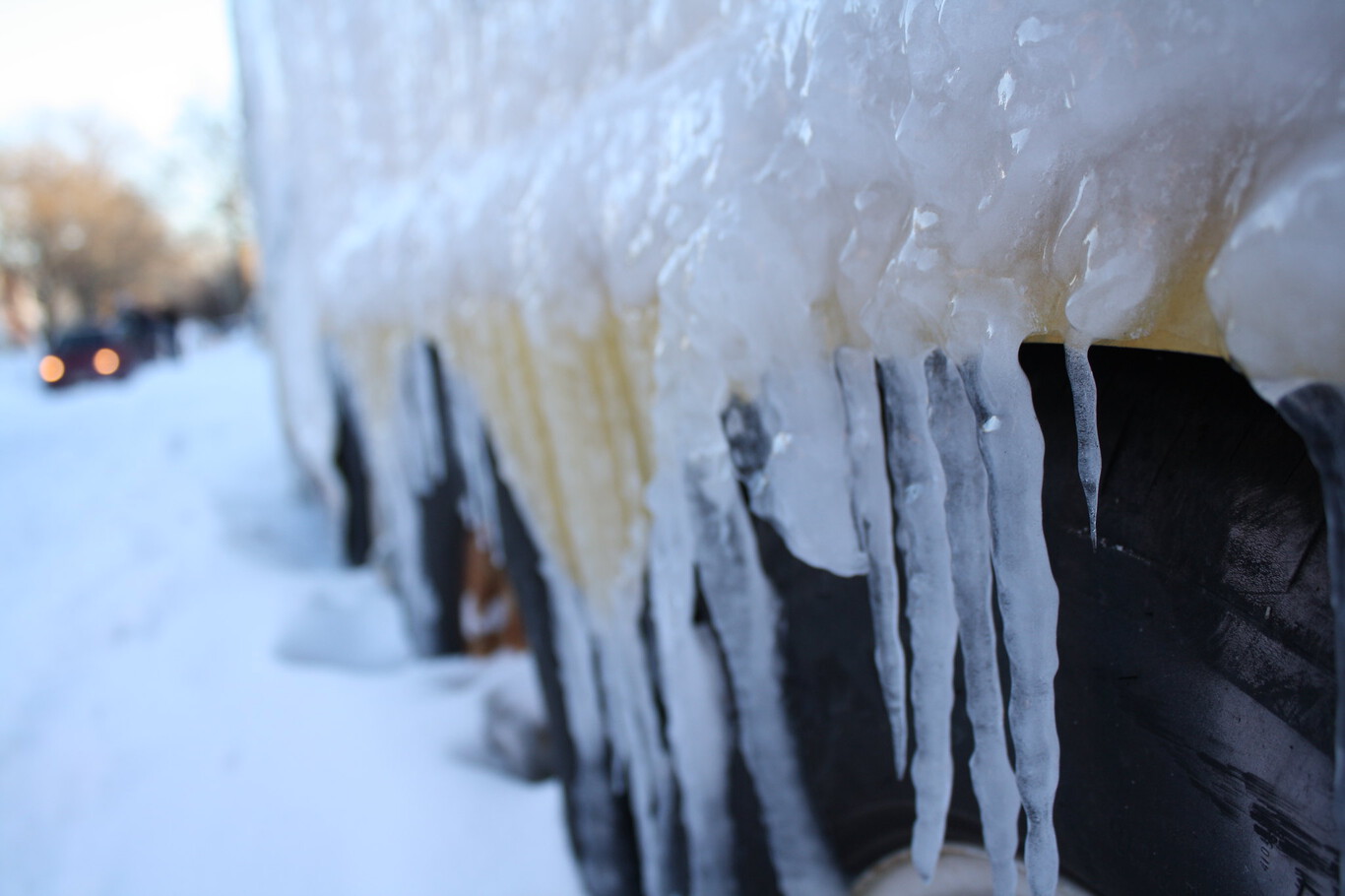
At zero degrees Celsius, the water freezes and turns into ice. It is such a basic fact, so perogrullo, that even primary school children know it. What fewer people know is that if the right conditions exist, this general rule can be altered and the water remains in a liquid state during a greater range of temperatures below zero. So far scientists had managed to extend it down to minus 38 degrees. Now, in a new twist echoed by Nature Communications, they have managed to go even lower on that scale and extend it to -44.
To achieve this, as Live Science reports, those responsible for the experiment have generated a very particular context. First, they have worked with very small droplets, between 2 and 150 nanometers. Second, they used a particularly soft surface: octane, with which they created spaces that kept the drops in a rounded shape and at high pressure.
A most useful curiosity
Given its complexity, to observe the freezing process, the researchers used electrical conduction —ice and water do not behave in the same way— and light emitted in the infrared spectrum. Among other things, the team found that the smaller the droplets they worked with, the more intensely cold they needed to turn into ice.
Hence, those responsible for the study worked with such a wide catalog of small drops. “We covered all those ranges to be able to understand in what condition the ice will form, what temperatures, what size of the droplets,” Hadi Ghasemi, a professor of mechanical engineering at the University of Houston and one of the study co-authors, told Live Science. The surprise came when the team started working with droplets of 10 nanometers or less. When handling the smallest samples, they verified that the ice did not appear until -44 was reached.

The million dollar question, at this point in the study, is: apart from adding to the scientific anecdotes, what exactly is the experiment for? “ There are many ways in which this knowledge can be used to design surfaces to prevent icing,” says Ghasemi. One of its applications would be, for example, the prevention of ice in artificial materials, something especially interesting in the field of aeronautics. Other fields in which it can also be useful are meteorology or even cryopreservation.
“We discovered that if a drop of water is in contact with a soft interface, the freezing temperature could be significantly lower than that of hard surfaces,” the expert adds in a note published by the University of Houston (UH).
In the past, Ghasemi himself had already participated in the manufacture of an ice-repellent material for aerospace applications. With his discovery, he goes one step further.

Sharlene Meriel is an avid gamer with a knack for technology. He has been writing about the latest technologies for the past 5 years. His contribution in technology journalism has been noteworthy. He is also a day trader with interest in the Forex market.















